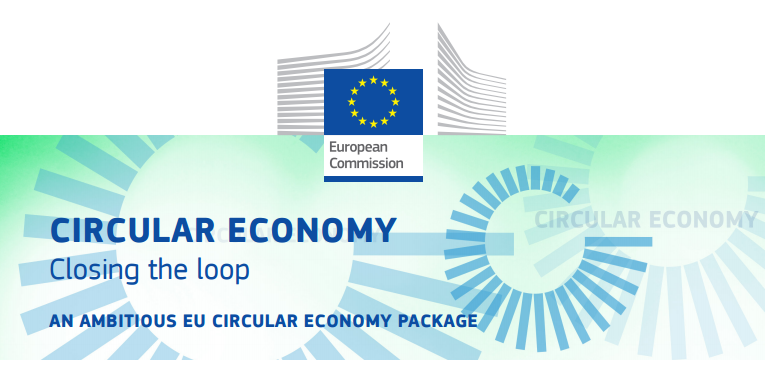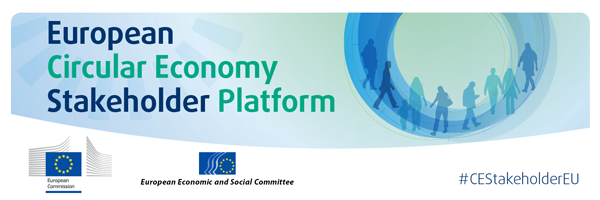European Union circular economy package
Circular economy in the European Union – “Circular Economy Package”
The European Commission published a comprehensive circular economy package and circular economy action plan in 2015. Its aim was to facilitate transition to the circular economy, increase global competition, promote sustainable economic growth and create new jobs. It contains measures for the entire life-cycle of a product: starting with production and consumption and ending with waste management, amounting to a total of 54 different activities that benefit the environment as well as the economy, while also contributing to social welfare.
The European Circular Economy Stakeholder Platform is a public virtual environment that facilitates the transition of Europe to the circular economy and is the primary source of relevant information. It also simplifies communication between interest groups and disseminates the activities, events and good examples of circular economy. Interest groups can participate in an annual conference and communicate via the website by sharing circular economy related information, including challenges and opportunities thereof.
In 2018, the European Commission published the Circular Economy Mini-Package, including the Strategy for Plastics. Its aim is to completely change the planning, production, use and recycling of plastic and plastic products. Pursuant to the strategy, all plastic packages shall be made reusable, the use of single-use plastic items shall be reduced and the intentional use of microplastics shall be restricted by 2030. The strategy foresees increased profitability of recycling for entrepreneurs, reduced amounts of plastic waste and marine litter, and promotion of investments and innovation. Furthermore, the Circular Economy Package included 10 monitoring indicators, which help assess progress, and a directive on reducing the volume of plastic items, which sets out various measures for items produced from single-use plastics, taking into account the consumer behaviour and needs as well as the opportunities of companies.
In 2019, the European Commission completed a report on the implementation of the Circular Economy Action Plan which describes the activities conducted under these 54 measures over the last four years. The report also sets out the primary accomplishments and future challenges in shaping the economy towards climate-neutral circular economy.

